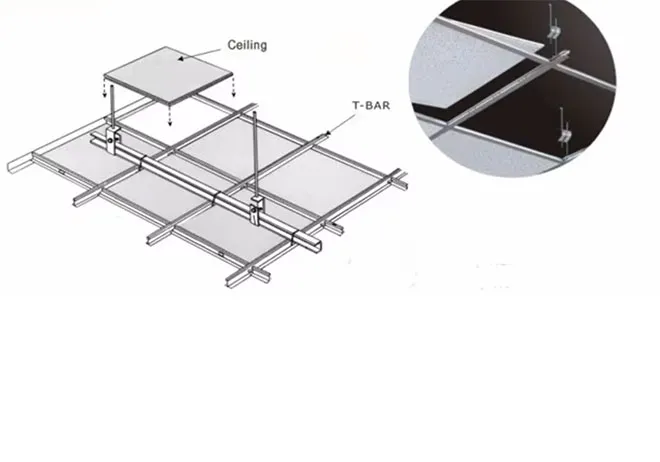Nov . 08, 2024 15:07 Back to list
large ceiling access panel
Understanding Large Ceiling Access Panels An Essential Guide
Large ceiling access panels are practical solutions in modern construction and renovation that provide easy access to spaces above ceilings. These panels play a vital role in maintaining and managing the infrastructure of a building, particularly when it comes to electrical wiring, plumbing, and HVAC (heating, ventilation, and air conditioning) systems. This article explores the significance, design considerations, installation methods, and maintenance of large ceiling access panels.
Importance of Large Ceiling Access Panels
The primary function of ceiling access panels is to grant entry to hidden utilities without the need for extensive demolition. This is particularly beneficial in commercial and industrial environments where space constraints exist, and frequent access is required. For example, maintenance workers can quickly check on air ducts or electrical systems, ensuring everything functions effectively and efficiently. Furthermore, having a dedicated access point reduces the risk of damage to the ceiling during maintenance activities, saving time and costs associated with repairs.
Additionally, in residential applications, large ceiling access panels can be crucial for accessing attic spaces or for inspecting insulation and venting. They also enhance safety by allowing for inspections that would otherwise require risky maneuvers from ladders or scaffolding.
Design Considerations
When selecting large ceiling access panels, several key factors must be considered. Firstly, the size of the panel must accommodate the access requirements for any equipment or utilities that need regular maintenance. This means evaluating both the horizontal and vertical space needed for personnel or tools.
Secondly, the material of the access panel matters. Common materials include gypsum board, metal, and plastic. Gypsum board panels are often used in ceilings as they can blend seamlessly into existing structures. Metal panels, while more durable, might be necessary for environments exposed to harsh conditions. Consideration of the panel's insulation properties, fire resistance, and aesthetics will also influence the choice of materials.
large ceiling access panel

Lastly, the panel's mechanism is crucial. Some panels feature spring-loaded hinges, while others employ a locking system. The choice will largely depend on the intended use, security concerns, and ease of access required.
Installation Methods
Installing large ceiling access panels should be performed by professionals to ensure safety and compliance with building codes. The process starts with accurately measuring and marking the desired location on the ceiling. It is essential to verify the absence of electrical wiring, plumbing, or structural beams in the intended area.
Once the placement is confirmed, an opening is cut into the ceiling. The access panel is then framed and fitted carefully into the cut-out space. If the panel requires painting or finishing to match the surrounding area, this should be completed before final installation. Proper sealing and alignment are essential to close any gaps that might allow for air or water infiltration.
Maintenance
Regular maintenance of large ceiling access panels is crucial to ensure long-term usability. This involves checking for damage, such as warping or rusting, particularly in high-humidity areas. Cleaning the panels and the areas around them can also enhance their lifespan. If the panel becomes difficult to operate or demonstrates signs of damage, timely replacement is essential to maintain functionality.
In summary, large ceiling access panels serve a critical function in building maintenance and infrastructure management. By providing safe and efficient access to essential utilities, they minimize the need for disruptive renovations while ensuring that interior spaces remain functional and aesthetically pleasing. Understanding their importance, materials, installation, and maintenance will help homeowners and facility managers make informed decisions about their construction and renovation projects.
-
Durable Ceiling T Grid Systems | Easy InstallationNewsAug.29,2025
-
PVC Gypsum Ceiling: Durable, Laminated Tiles for Modern SpacesNewsAug.28,2025
-
Pvc Gypsum Ceiling Is DurableNewsAug.21,2025
-
Mineral Fiber Board Is DurableNewsAug.21,2025
-
Ceiling Tile Clip Reusable DesignNewsAug.21,2025
-
Ceiling T Grid Modular DesignNewsAug.21,2025







